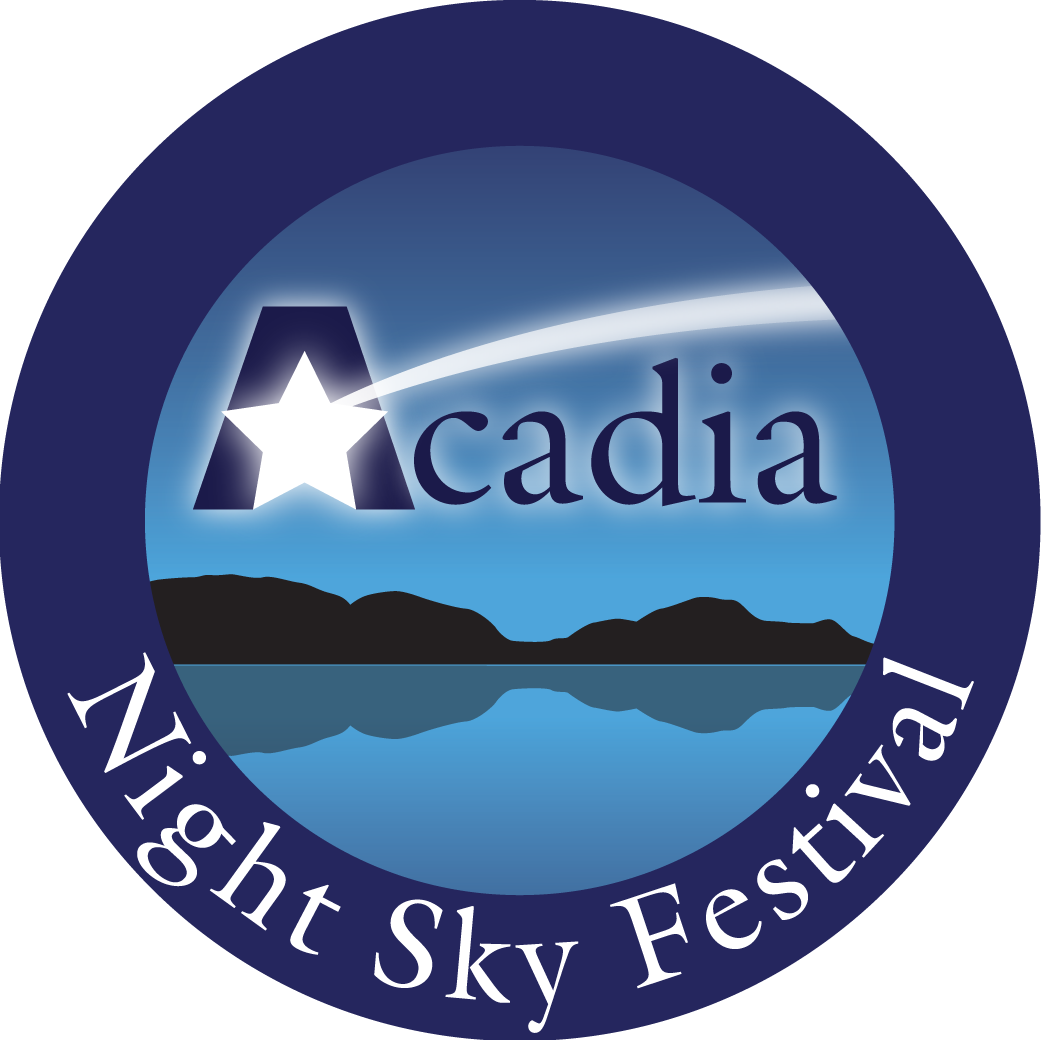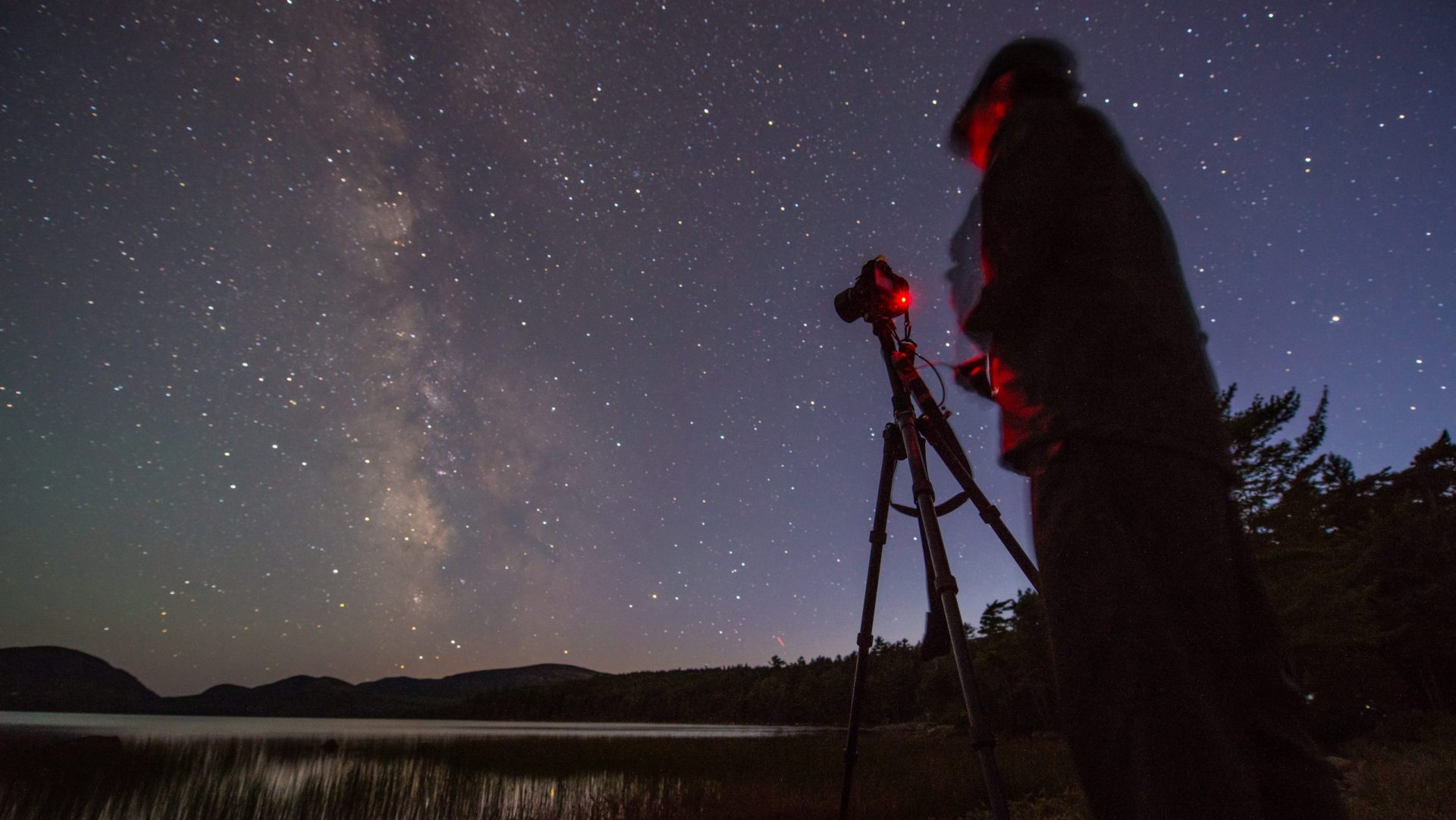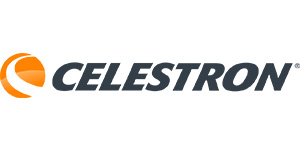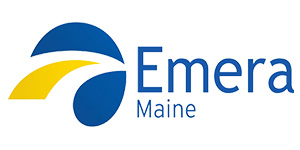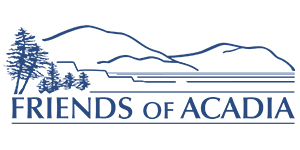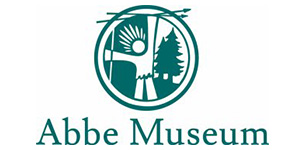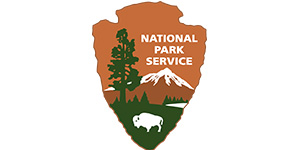Speakers & Presenters
Keynote Presentation: “The Milky Way as You’ve Never Seen it Before” with Dr. Jackie Faherty
Dr. Jackie Faherty is Senior Scientist and Senior Education 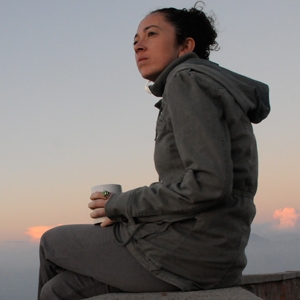 Manager, jointly, in the Department of Astrophysics and the Department of Education at the American Museum of Natural History. She is working at the forefront of brown dwarf and exoplanet atmosphere detection and characterization. Dr. Faherty is continually striving to create more opportunities for underrepresented minorities to enter STEM fields through unique outreach endeavors.
Manager, jointly, in the Department of Astrophysics and the Department of Education at the American Museum of Natural History. She is working at the forefront of brown dwarf and exoplanet atmosphere detection and characterization. Dr. Faherty is continually striving to create more opportunities for underrepresented minorities to enter STEM fields through unique outreach endeavors.
Dr. Lance Benner
Dr. Lance Benner, an astronomer at NASA’s Jet Propulsion Laboratory to explore radar imaging of near-Earth asteroids using the Goldstone System Radar and the Arecibo Observatory. Dr. Benner is an astronomer at NASA’s Jet Propulsion Laboratory. He has an A.B. A. B. in Physics, Cornell University and a Ph. D. in Earth and Planetary Sciences, Washington University. He has worked at JPL since 1998.
Tim Brothers
Tim Brothers is the observatory manager of MIT’s Wallace Astrophysical Observatory and a technical instructor in the Department of Earth, Atmospheric and Planetary Sciences. In addition to education and outreach, he is the Vice President of the newly formed Massachusetts Chapter of the International Dark-Sky Association.
Dr. Don Davis
Dr. Davis, senior scientist and director emeritus of PSI, is interested in the origin and evolution of the planetary system. He conducts hypervelocity impact experiments using the NASA Ames Vertical Gun Range and applies dynamical theory and computational modeling to study planetesimal accretion and the collisional history of asteroids, satellites, and particles in planetary rings. He is also involved in ground-based observations of asteroids and infrared searches for intra- Mercurian bodies. He is actively involved with light pollution issues and the past president of the International Dark-Sky Association (IDA) and chaired the Pima County Outdoor Lighting Committee. Asteroid number 3638 is named in honor of Dr. Davis.
Dr. Margaret J. Geller
Margaret J. Geller is a pioneer in mapping the nearby 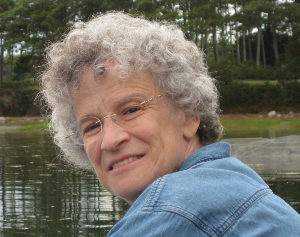 universe. Her maps provided a new view of the enormous patterns in the distribution of galaxies like the Milky Way – the largest patterns we know.
universe. Her maps provided a new view of the enormous patterns in the distribution of galaxies like the Milky Way – the largest patterns we know.
Dr. Geller’s long-range scientific goals are to discover what the universe looks like and to understand how it came to have the rich patterns we observe today. To put the pieces of this grand puzzle together her research projects range from the structure of our own galaxy, the Milky Way, to mapping the distribution of the mysterious, ubiquitous dark matter in the universe.
Shawn Laatsch
Shawn Laatsch is the director of the Emera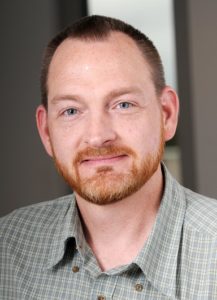 Astronomy Center and Jordan Planetarium. He has over 25 years of experience in planetariums, having directed facilities in Hawaii, Kentucky, and Maryland as well as managing the construction and installation of a number of facilities in the U.S. and abroad. He is responsible for all operations and management of the Emera Astronomy Center. Laatsch also serves as president of the International Planetarium Society, Inc. the world’s largest organization of planetarium professionals and is a NASA Solar System Ambassador.
Astronomy Center and Jordan Planetarium. He has over 25 years of experience in planetariums, having directed facilities in Hawaii, Kentucky, and Maryland as well as managing the construction and installation of a number of facilities in the U.S. and abroad. He is responsible for all operations and management of the Emera Astronomy Center. Laatsch also serves as president of the International Planetarium Society, Inc. the world’s largest organization of planetarium professionals and is a NASA Solar System Ambassador.
Dr. Steve Larson
Dr. Larson, the senior staff scientist with The Catalina Sky Survey, a NASA-funded project supported by the Near Earth Object Observation Program (NEOO) under the Planetary Defense Coordination Office (PDCO) based at the University of Arizona’s Lunar and Planetary Lab in Tucson, Arizona, with a mission to discover and track near-Earth objects (NEOs) in an effort to meet the congressional mandate to catalogue at least 90 percent of the estimated population of NEOs larger than 140 meters, some of which classify as potentially hazardous asteroids (PHAs) which pose an impact threat to Earth.
Biology of Light Lecture: Dr. Michael Rosbash
Dr. Michael Rosbash is a professor at Brandies University and 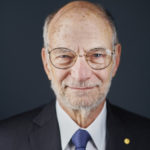 an investigator of the Howard Hughes Medical Institute. He is a geneticist and a chronobiologist who studies the body’s internal circadian clock. His work has elucidated the molecular components of the core circadian oscillator using the fruit fly as a model. For his discoveries, he shared the 2017 Nobel Prize in Medicine and Physiology and the 2009 Gruber Prize.
an investigator of the Howard Hughes Medical Institute. He is a geneticist and a chronobiologist who studies the body’s internal circadian clock. His work has elucidated the molecular components of the core circadian oscillator using the fruit fly as a model. For his discoveries, he shared the 2017 Nobel Prize in Medicine and Physiology and the 2009 Gruber Prize.
Bob Veilleux
Bob Veilleux was the other Teacher In Space candidate from NH and present for the space shuttle Challenger disaster. He has been present for nine Space Shuttle launchings, including the successful launch of STS-118, The Teacher Astronaut Barbara Morgan the back-up teacher to Christa McAuliffe.
Bob has been an amateur astronomer and photographer of the night sky for over thirty years and some of his pictures of the Northern Lights were published in both Astronomy and Sky & Telescope. For ten years after retirement as a teacher, he was a part-time Educator at the McAuliffe Shepard Discovery Center in Concord, and he continues as a volunteer at the Discovery Center.
Astronomy Volunteers in the Park
Integral members of Acadia National Park’s education team, these amateur astronomers volunteer their time to share their vast knowledge of astronomy. This year’s team of Astro VIP’s includes Jan Hoey, Richard Luecke, and Bob Reichman.
